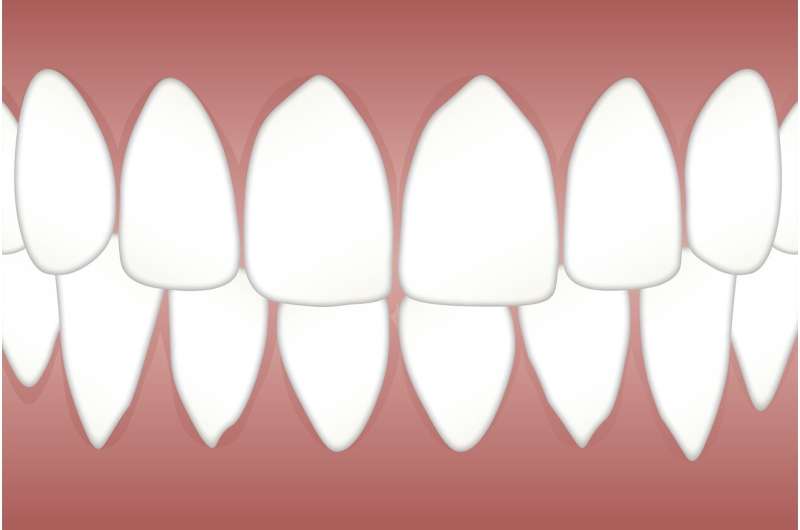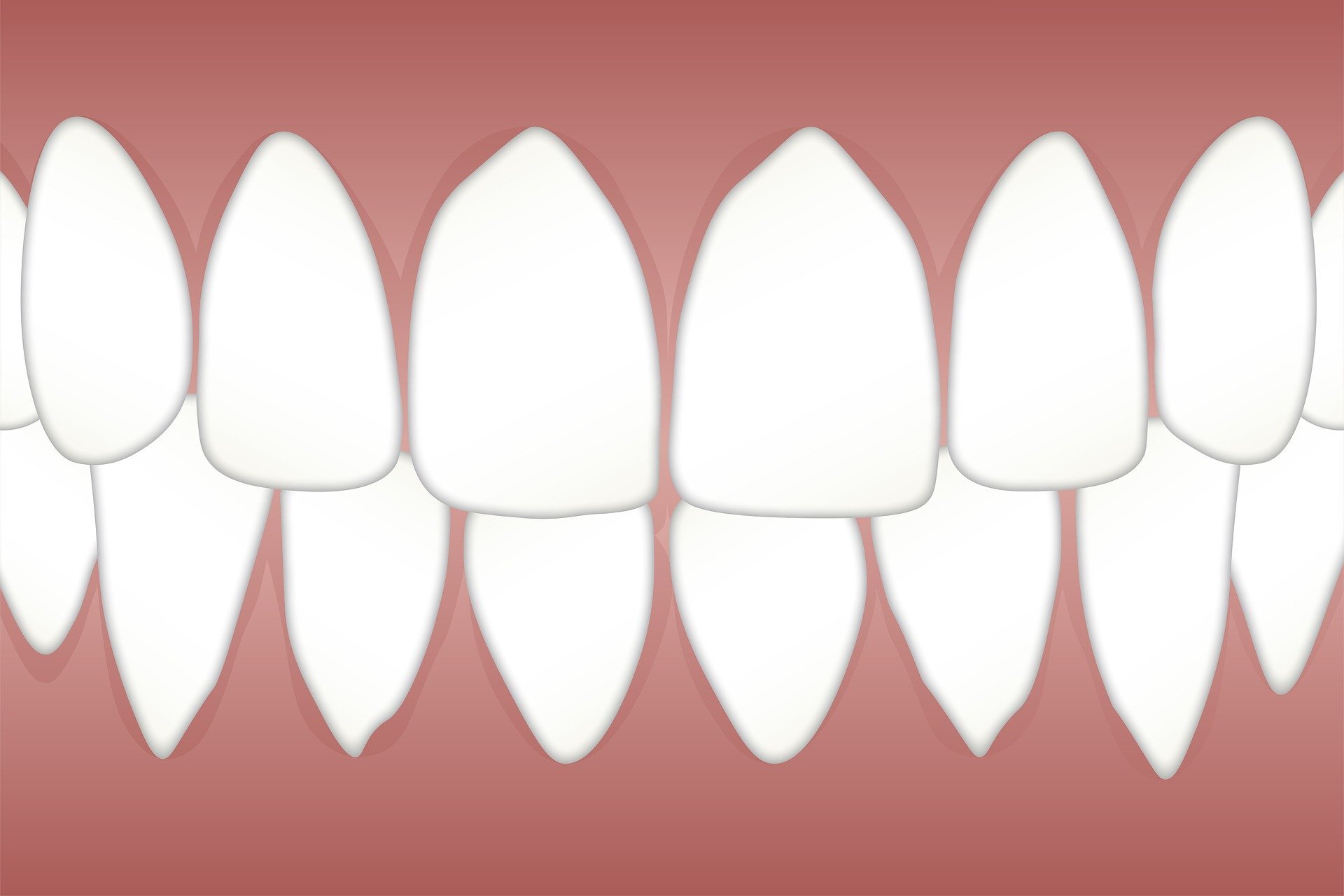
A study led by the UGR reveals that men with periodontitis who are also diagnosed with erectile dysfunction are almost four times more likely to suffer a major adverse cardiovascular event (MACE).
The onset of erectile dysfunction among men with periodontitis could be a warning sign of potentially much more serious (cardiovascular) conditions and events in the near future, such as cerebral infarction, non-fatal myocardial infarction, cardiovascular death, heart failure, acute coronary syndrome (stable and unstable angina), coronary artery bypass grafting, or percutaneous coronary intervention.
A team of researchers led by the University of Granada (UGR) has shown in a prospective study that men with periodontitis who are also diagnosed with erectile dysfunction are almost four times more likely to suffer a major adverse cardiovascular event (MACE).
These pathologies refer specifically to cerebral infarction, non-fatal myocardial infarction, cardiovascular death, heart failure, acute coronary syndrome (stable and unstable angina), coronary artery bypass grafting, or percutaneous coronary intervention. They were found to occur, on average, four years after the sexual dysfunction was diagnosed.
This study, published in the Journal of Periodontology (the official publication of the American Academy of Periodontology), was conducted by the CTS 583 research group, led by the UGR’s Francisco Mesa (from the Department of Stomatology), in collaboration with the Urology Service of the Clínico San Cecilio Teaching Hospital in Granada. The director of the service is Miguel Arrabal of the Department of Surgery and Surgical Specialties at the UGR.
Epidemiological study
These results are of particular importance, given that MACEs are life-threatening in middle-aged men. Thanks to its longitudinal design, this epidemiological association-study provides the greatest volume of scientific evidence among studies of its kind, to date.
Source: Read Full Article
